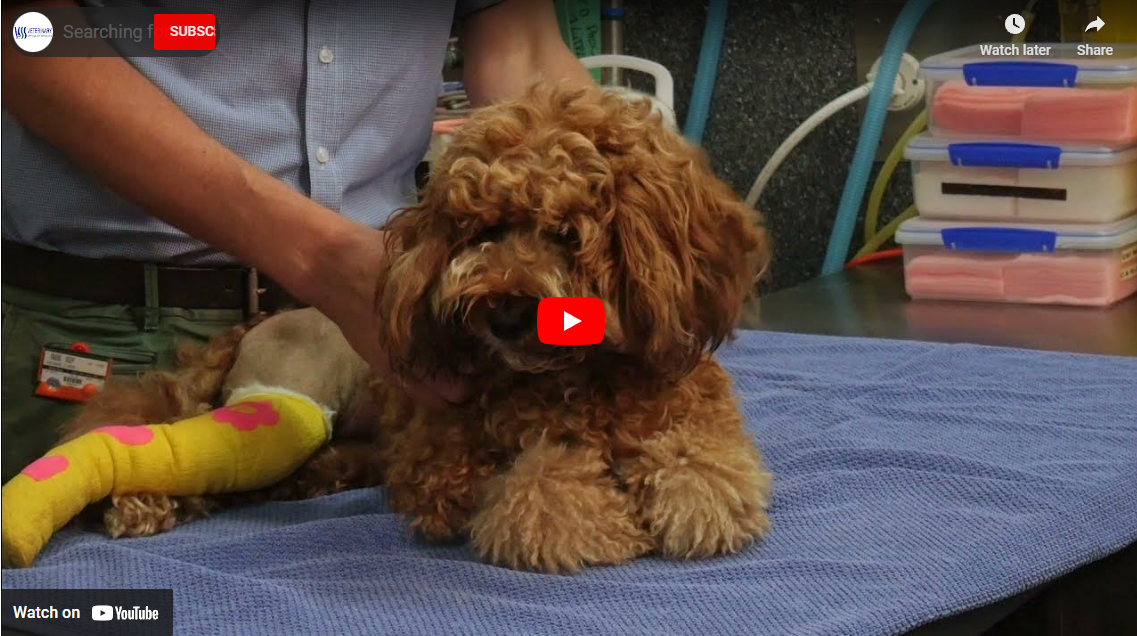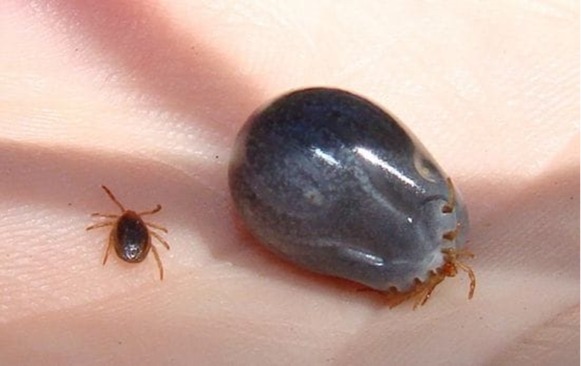Bites from Ixodes holocyclus, more commonly known as the Australian paralysis tick, result in a neurotoxin being injected into animals which can result in life-threatening paralysis to our beloved pets. Australian native wildlife such as possums and bandicoots are relatively immune to the toxin, and therefore act as a reservoir host for the paralysis tick without showing any symptoms. They can bring paralysis ticks into our yards, parks or nearby bushland.
Tick paralysis can be a devastating disease. The tick neurotoxin affects many muscle groups including those that control the limbs, breathing, swallowing and blinking. Animals affected by tick paralysis can become critically ill within a very short amount of time if they lose the ability to move their chest to breathe, which leads to suffocation. Another common complication of tick paralysis is aspiration pneumonia, which occurs when affected animals are unable to control their swallowing and protect their airways, resulting in food or fluid traveling down to the lungs.
If you find a tick on your pet, it’s very important to continue to have them monitored for any signs of tick paralysis for 48 hours after a paralysis tick is removed as animals can still deteriorate during this time period, even if no further toxins are added to their system. Animals can often have more than one tick attached, making thorough searches (which may require full body clips), and/or application of additional tick-killing medications (if directed by your veterinary care team) necessary.
If you’re unsure if a tick that is attached or has been removed is a paralysis tick, or if your animal is showing any signs that may be associated with the toxin, no matter how mild or even if a tick hasn’t been found, it’s important to seek veterinary advice.
&geometry(278x56))








